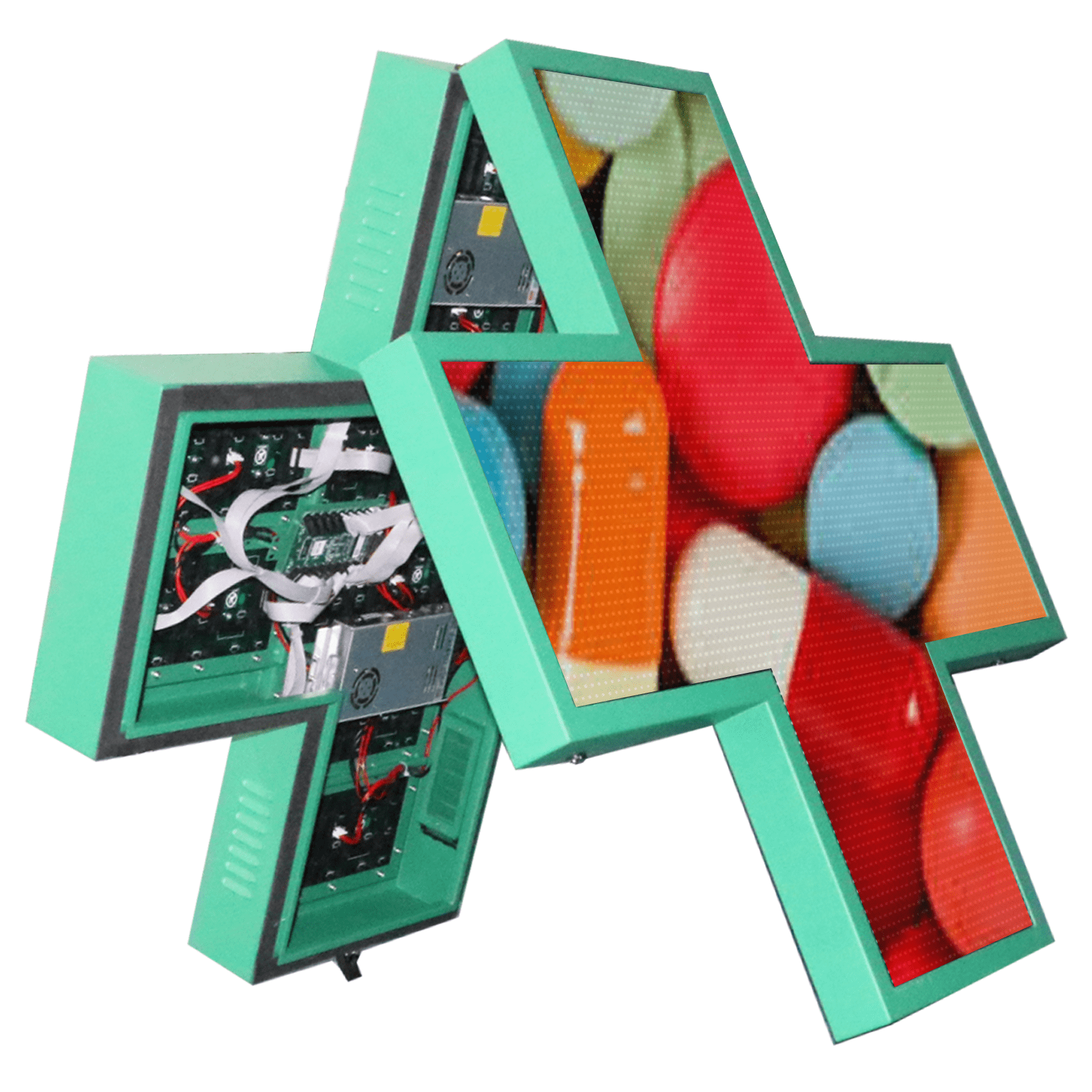1. Flatness of the led video wall
The flatness of the LED screen surface shall be within 1mm to ensure that the displayed image will not be distorted, and local bulges or depressions will cause dead corners of the display. Flatness mainly depends on the production process.
Followed by brightness and viewing angle.
The brightness of indoor and outdoor full-color screens shall be more than 800cd / m2, and that of outdoor full-color screens shall be more than 1500cd / m2, otherwise the brightness is too low to display the picture clearly. The brightness of LED die mainly depends on its brightness.
The viewing angle of the display directly determines the number of viewers, so the larger the better. The perspective of the chip mainly depends on its packaging method.
Third, the role of white balance.
Whiteness balance is an important indicator of display. In terms of color, pure white will appear only when the ratio of red, green and blue is 133604.633600.16. If the actual scale deviates slightly, the white balance will shift. Generally, you should pay attention to whether white is blue-green or yellow green. The balance of whiteness mainly depends on the control system of the display screen, and the mold affects the reproducibility of color.
Fourth, the reducibility of color.
Color reducibility refers to the color reducibility of the display screen, that is, the color of the display screen shall be highly consistent with the color of the broadcast source to ensure the authenticity of the image.
5. Whether there are puzzles and dead corners.
Jigsaw puzzle refers to the four small squares that are always bright or black on the display, and the module is not good. The main reason is that the connector program used by the display is unqualified.
“Dead center” refers to the single point that is always bright or black on the LED display screen, and its quantity mainly depends on the quality of the chip.
6、 No color patches.
Color block refers to the obvious color difference between adjacent modules, and the color transition is based on the module. The color block phenomenon is mainly caused by imperfect control system, low gray level and low scanning frequency.
Recently, many customers asked why the full-color LED display uses a video processor. It is no exaggeration to say that the quality of video processor directly determines the display effect of full-color LED display screen. If the color area appears today, it will guide most users to deepen their understanding of this problem.
1. Motion compensation
Motion compensation for slow and fast images. Good motion compensation technology can reduce the sawtooth edge of moving image in panchromatic LED display.
2. Mobile interlacing
Video can better reduce bandwidth, so interlacing technology is also needed to improve resolution. The full-color screen must now stop the pre discarded signal of the interlaced signal. It can deal with interlaced scanning technology well and eliminate the scribing effect during live broadcasting and shooting.
quick acting
Full color LED display screen usually adopts modular design and split display. Because it is the most sensitive display product in all flat panel display media. However, this product also has disadvantages, and the sensitivity may be slightly slower. In particular, the display resolution of various engineering applications is difficult to find in the manual. Therefore, it is particularly necessary for the video processor to provide amplification function.
4. Image restoration
The lattice resolution used in general display engineering is 1024 * 768). Video discarding needs to reduce each accessed signal to the resolution of the terminal, and the video discarding device needs to provide point-to-point pixel amplification function.
5. Expand the image
Nowadays, with the rapid development of more and more engineering applications, advertising and other businesses, the resolution of full-color LED display is no longer limited to ordinary resolution, and some engineering applications have reached 2048 points. In similar applications, the required video processing program can have image amplification processing technology. In atypical applications, the wasted bandwidth in the video processing program can reach or exceed the lattice area.
6. Noise suppression
Due to the dot matrix characteristics of LED full-color display, other LCD media will produce slight noise. The LED display has the psychological patience of the audience. The noise mainly comes from the compression noise of video signal and the random noise of the system itself. A good video processor can suppress noise and minimize the interference of noise on image quality itself.